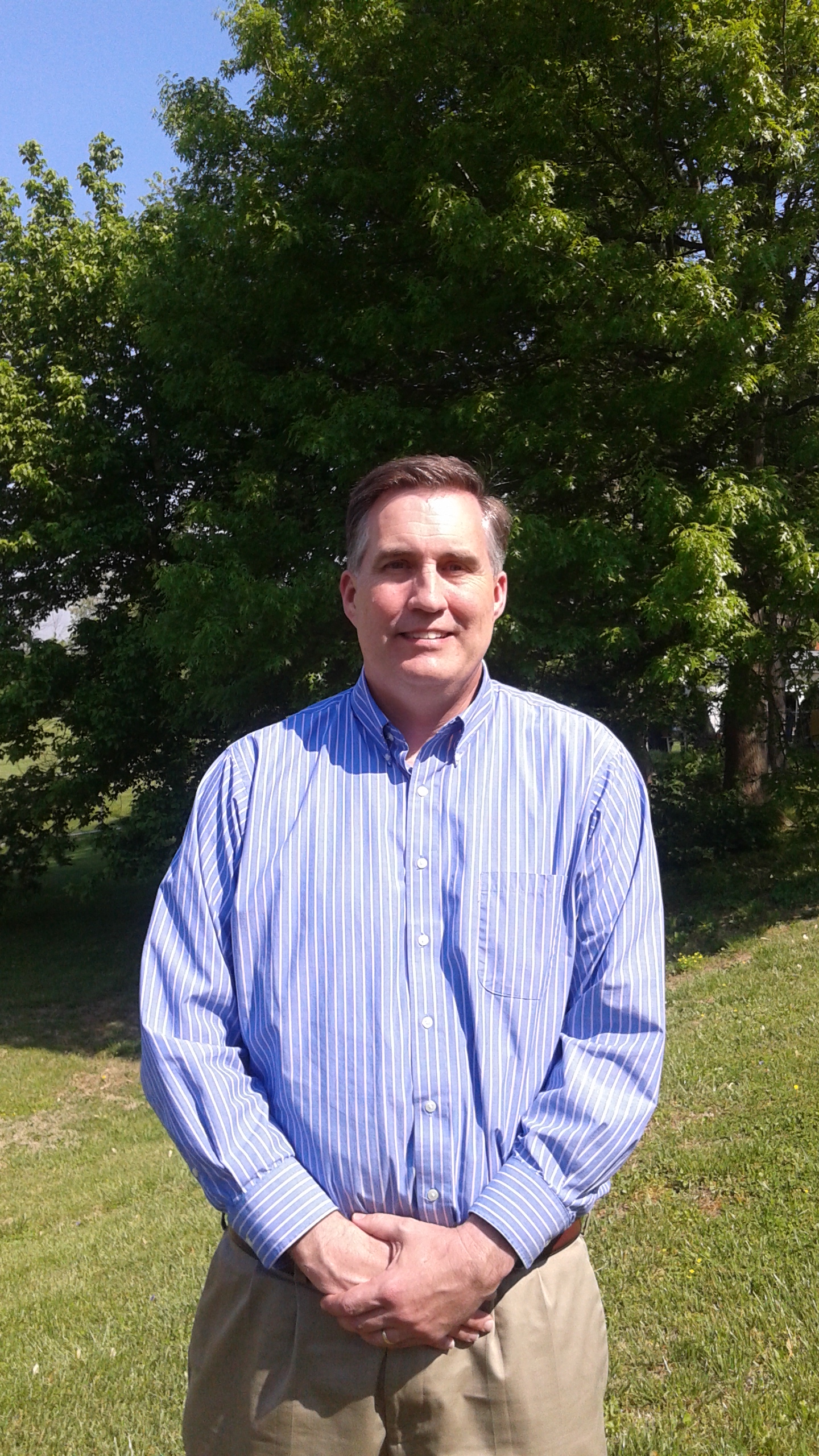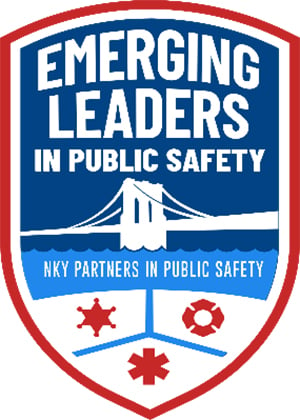By Mike Rutledge
NKyTribune Reporter
For 27 years, Richard Harrison’s jobs with the Northern Kentucky Water District helped ensure the utility’s approximately 300,000 customers in five counties received clean, clear drinking water.
His new job is a bit different.
The recently appointed executive and chief engineer of the Ohio River Valley Water Sanitation Commission (ORSANCO) now is charged with seeing that the more than 30 drinking-water utilities that draw water from the 981-mile-long Ohio River have water as clean as possible entering their intake pipes.

That job is made tougher by the many sewage plants discharging treated water into the waterway, along with dozens of power plants and all the factories, farmers and other people upstream of the river who have poured, spilled, overfertilized or otherwise polluted the river for centuries.
In 1948, when ORSANCO was created by civic leaders outraged by the river’s pollution, fewer than one percent of sewage facilities treated the water before putting it into the river. Today, all provide some form of treatment before doing so. Today the greatest threat to drinking-water is chemical spills.
Thousands of gallons of diesel fuel spilled near New Richmond on Aug. 18, prompting local water utilities to close their water intakes until the fuel had passed. More worrisome, scientists have determined a spill plume eight months earlier of the chemical 4-MCHM , (4-methylcyclohexene methanol) traveled at least 390 miles downriver from the Elk River to Louisville. The chemical was still present in low concentrations in the Elk River, near Charleston, W.Va., six days after the spill, federal officials later announced.
Harrison and other ORSANCO officials emphasize that drinking water drawn from the Ohio River is safe, and treatment only is troublesome when unexpected chemicals get into the river.
“We’ve done a great job of stopping the continuous discharges,” says Peter Tennant, Harrison’s predecessor at ORSANCO. “But as long as you’ve got human beings involved with hazardous chemicals in and on the river, one thing about us humans, we screw up from time to time. Accidents are going to happen.”
For that and other reasons, the agency is upgrading water-quality testing abilities and the frequency throughout the day of the monitoring occurs up and down the river. ORSANCO officials take great pride in the connections they have created among drinking-water plants and other agencies up and down the river that helps quickly communicate after a spill.
“To have this capability, to discover the accident, to assess the ramifications of it, it’s just critical,” Tennant says. “You would not operate a utility on this river without having some capability to provide a little extra treatment when you have one of these situations, and being able to have the information, knowing what’s coming, when it’s coming, so that you can apply the extra treatment when it’s needed is just critical to the operation.”
Given the treatment water receives between the river and home faucets, Tennant shakes his head at the idea of people drinking bottled water instead of the liquid that arrives much more cheaply to their homes.
Harrison calls drinking-water safety his agency’s most important job. Another is helping to set and enforce pollution standards.
“When you look at some of the events that we’ve had to work through over the past year, it’s very clear to me that being able to maintain this program and continuing to work with our drinking-water utility partners is one of our critical goals,” he says. “They have to be able to really trace the spills through the river.”
Being able to detect the chemicals and their concentrations “really helps utilities prepare for treatment, and also to have a plan,” Harrison says.
And knowing how much treatment is needed – so water-treatment plants don’t use more chemicals than they need – can save water rate-payers money, officials say.
Tennant brags that thanks to ORSANCO-led collaboration among top water-plant chemists, when the 4-MCHM spill happened, the group quickly figured out how to detect the chemical’s presence in the water.
“And then about two or three days in, we got a call from EPA,” Tenant says. The EPA solution would have detected high concentrations of the chemical, he notes.
“Our people, in concert with people down in Louisville, and some of the other chemists in the system, were able to monitor several orders of magnitude lower than what EPA’s experts came up with.”
Harrison says he learned about ORSANCO’s value and expertise when he worked with them during spills.
The organization has an annual budget around $3.5 million and a staff of 22 full-timers, mostly biologists and other scientists who work in the California neighborhood of Cincinnati, not far west of Coney Island.
ORSANCO is funded about half by the federal government through the U.S. Environmental Protection Agency, and the rest by the eight states that are in the organization because they are within the river’s watershed: Ohio, Kentucky, Indiana, West Virginia, Pennsylvania, Illinois, New York and Virginia. Each state’s governor appoints three commissioners, while the president appoints three more, for a total of 27.
Part of ORSANCO’s official written mission is to help ensure: “Wastes discharged in one state shall not ‘injuriously affect the waters of another state.”
Harrison, 52, is an Edgewood resident and a 1980 graduate of Dixie High School. He received his bachelor’s degree in civil engineering from the University of Kentucky and is a licensed professional engineer.
He briefly managed highway-construction projects for the state in Northern Kentucky before starting with the water district. His final title there was vice president of engineering, production and distribution.
Paul Tomes, a former chief engineer at what now is called Greater Cincinnati Water Works, now is chief engineer at RA Consultants LLC and was on the selection committee that recommended Harrison.
After starting the search in July and advertising in various technical journals, “we had a tremendous response” from across the country, Tomes said. When the two finalists were interviewed, “his vision for this organization and how to sustain this organization into the future became paramount to the committee.”
“We were confident we found an individual that brought – as young a man as he is – almost 30 years of experience, both in the private as well as the public side, and his ability to manage a group of people as large as over 100 down to smaller groups,” Tomes said.
Is it Safe to Eat Fish from the Ohio River?
Health of the fish in the Ohio River is increasing, and about 130 species now can be found in the river, including many that are sensitive to pollution.
But how safe is it to eat fish caught in the Ohio River? That depends on the kind of fish, the parts of the fish eaten and what part of the river they were caught, according to the Kentucky Department of Fish & Wildlife, whose advisory can be found at fw.ky.gov/Fish/Pages/Fish-Consumption-Advisories.aspx.
Certain bottom-feeders, like catfish, tend to retain more PCBs and mercury in their bodies so it’s best to limit consumption. In fact, statewide, all Kentucky waters are under advisory for mercury, particularly for women of childbearing age and children under age six who as a rule should eat no more than one serving per week. From the Ohio River, paddlefish and their eggs should be avoided completely by those women and children. Some catfish from the river should be eaten no more than six times a year. The full breakdown is listed at the website listed above.
ORSANCO biologists enjoy eating Ohio River fish, typically grilled, which is safer. Some preparation tips to reduce the likelihood of eating contaminated fish:
Fillet the fish, removing the skin and trimming all fat.
Do not eat fish eggs.
Broil, grill or bake the fillets rather than frying or microwaving them.
Do not eat or reuse juices or fats that cook out of the fish.





















